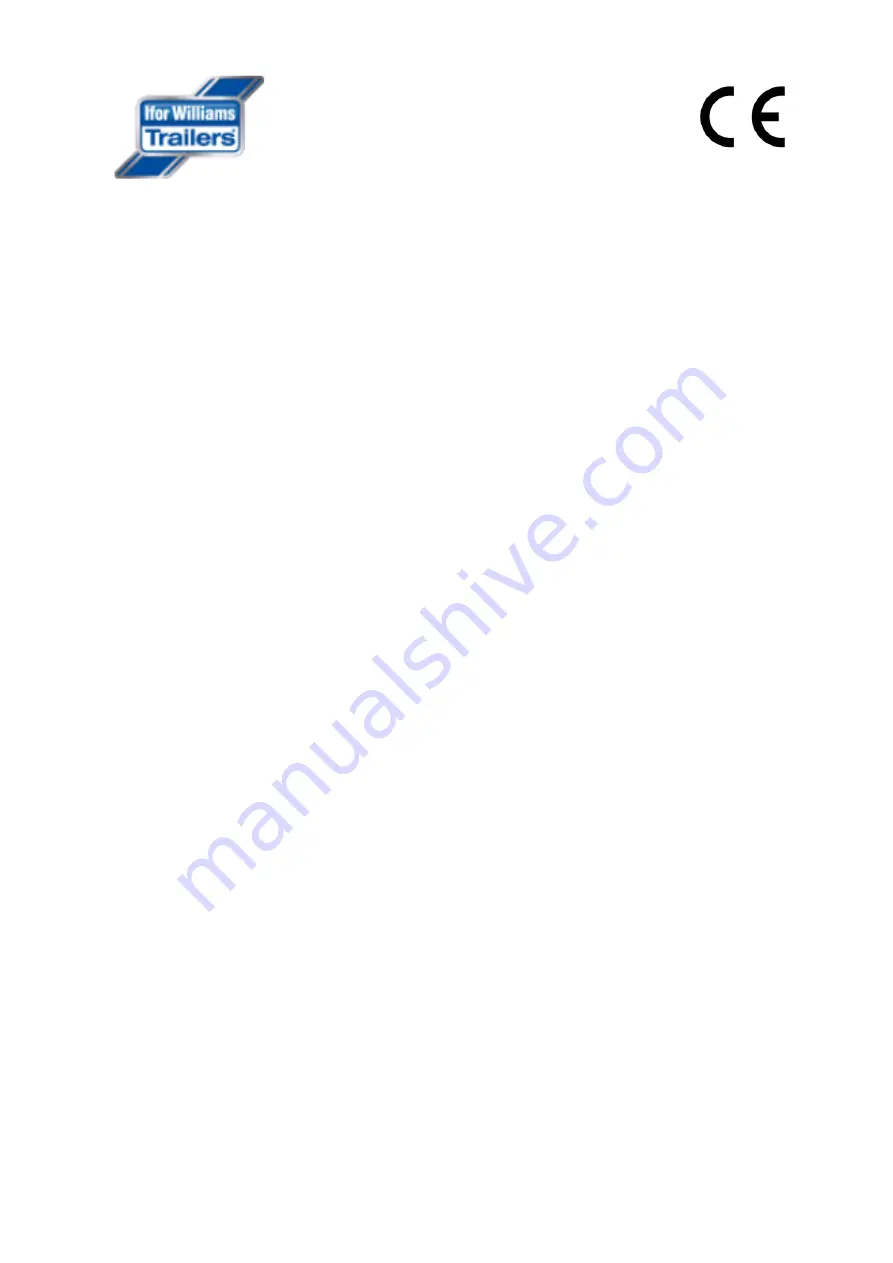
Page | 11
•
If any part of the load is stuck in the front of the trailer and will not discharge when the
maximum tip angle is reached, the only safe solution is to fully lower the body and shovel the
remaining load until loose. Then tip again. Using the towing vehicle to try and jerk the stuck
load free is VERY UNSAFE.
•
Similarly, if the partly discharged load forms a pile that prevents the rest coming out the only
safe solution is to lower the body at least half way, pull the trailer forwards slightly and then
tip the remaining load. Do not drive forwards with the body fully elevated.
•
Prop stands, load-spreader pads and chocks may be used to supplement stability where
ground conditions are marginal.
•
Immediately after the load has discharged the elevated tipping body is vulnerable to strong
side winds. Where strong winds exist the orientation of the trailer should be such as to
minimize this risk.
•
After discharge is complete, do not drive off until the body is fully lowered. Even when the
above limitations are respected, Operators should ensure the working area either side of a
Tipping Trailer is clear of people and, so far as is possible, property taking account of where
the fully elevated body might fall in the event of a rollover.
•
Do not operate Tipping Trailers in the vicinity of overhead cables.
•
No-one except the Operator should be in the working area while tipping.
3.2
–
Use of the Safety Prop
D
O NOT ENTER, LEAN INTO OR REACH INTO THE AREA UNDER THE RAISED BODY UNLESS THE
PROP IS LOCKED IN THE SAFETY POSITION AS SHOWN
:
IF UNABLE TO DO SO EMPLOY THE USE
OF A SECOND PERSON
Fig. 1 prop in safety position
Fig. 2 prop in safety position (chassis end)
Fig. 3 prop fixed under body in transport position











































